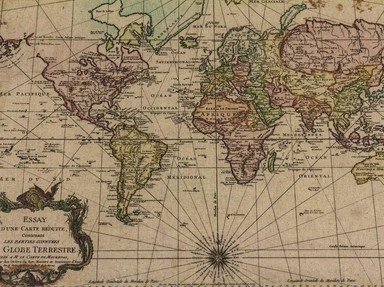Quiz Answer Key and Fun Facts
1. Romans built their town of Calleva Atrebatum where the ATREBATES lived.
2. Venta Belgarum was built by the Romans in the land of the BELGAE and later became a Cathedral city.
3. The extreme south east of England was the land of the CANTIACI.
4. It was the chief of the CATUVELLAUNI who from his central position did his best to organise the British defence against the Roman invasion.
5. The DOBUNNI lived by the lower reaches of the River Severn, on what is now the English side.
6. The DUMNONII lived in the extreme south west of England.
7. In an area which connected the Jurassic coast of England with the Bristol Channel, lived a tribe called The DUROTRIGES.
8. The ICENI of East Anglia, whose queen is probably the most well-known ancient Englishwoman, did not oppose the Roman invasion at first.
9. The REGNENSES lived in the south coastal area, between the Belgae to the west and the Cantiaci to the east, with the Catuvellauni to the north.
10. North of the Thames Estuary lay the land of the TRINOVANTES.
Source: Author
davejacobs
This quiz was reviewed by FunTrivia editor
agony before going online.
Any errors found in FunTrivia content are routinely corrected through our feedback system.
